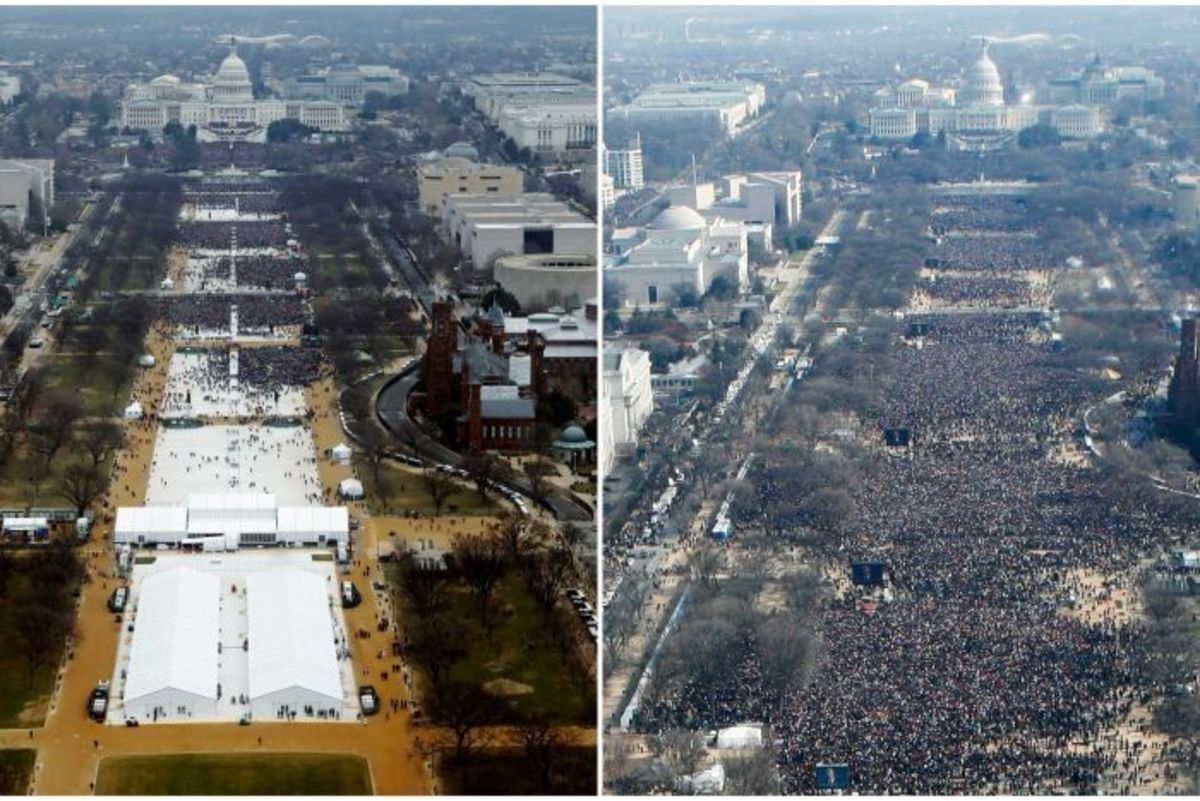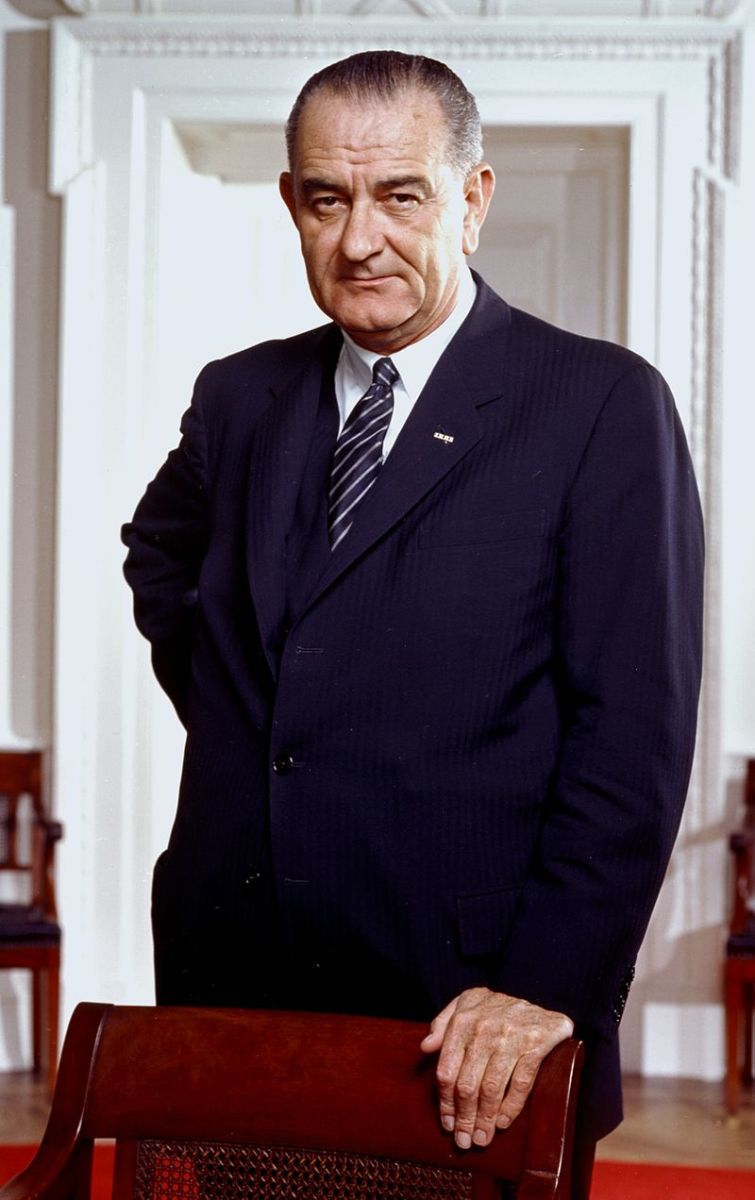How Would Reagan Fare in the Glare of the 21st Century?
The Great Communicator

Those who have elevated Ronald Reagan, the former actor/president, to heroic stature seem to have forgotten a few factual details.
Our 40th President probably didn’t know the terms “video” or “emails”, but the Reagan administration has been documented as the one with the largest number of investigations, indictments, and convictions for any US President – 138. (Education Forum) And during the eight years he occupied the White House, the number of people living beneath the federal poverty line rose from 26.1 million in 1979 to 32.7 million in 1988. (The Nation) And in one 18-month period, U.S.diplomatic personnel in Beirut suffered three bombings with the loss of life numbering in the hundreds. (The New Yorker)
HUD Secretary Samuel Pierce
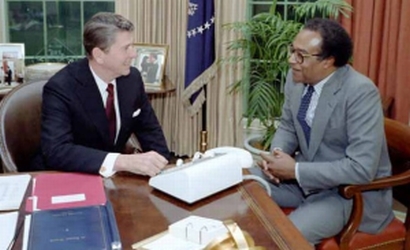
Nothing sticks to Teflon
There may not have been a private server involved or any missing emails, but under Reagan the Housing and Urban Development Agency experienced a corruption scandal that resulted in the indictment and conviction of multiple top administration officials for illegally distributing housing subsidies to developers who had made donations to Reagan’s campaigns and GOP lobbyists, such as former Interior Secretary James Watt. Those convicted included cabinet member and HUD Secretary Samuel Pierce. The “Teflon factor” for Reagan went into effect, and the HUD Scandal wasn’t uncovered until Reagan left office. He was never called to testify. He was never the subject of any investigation of the illegal activities that took place within his cabinet.
Iran - Contra
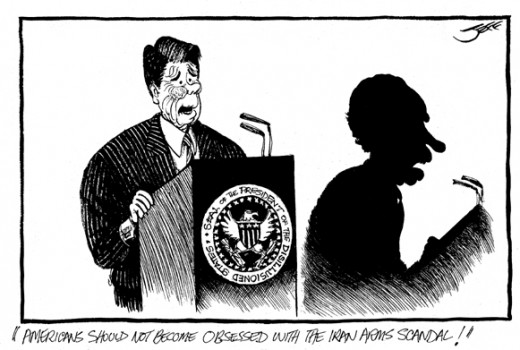
The Best-Known
There is no need to delve into the Iran-Contra scandal, because most of those perpetrators were pardoned by Reagan’s successor, George H.W. Bush. Bush suffered a failure to be re-elected, but Reagan got off with this explanation: "A few months ago I told the American people I did not trade arms for hostages. My heart and my best intentions still tell me that's true, but the facts and the evidence tell me it is not. As the Tower board reported, what began as a strategic opening to Iran deteriorated, in its implementation, into trading arms for hostages." And that was the end of it - in spite of evidence that large volumes of documents relating to the scandal were destroyed or withheld from investigators by Reagan administration officials. (Brown University)
241 Lives
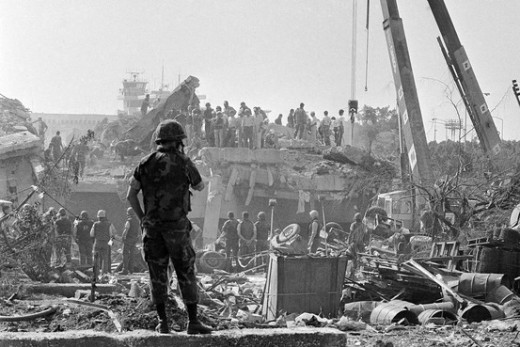
The loss of American lives
Then there is the topic of foreign diplomacy disasters. Militant jihadists killed four Americans, including the U.S. Ambassador, in an attack on a U.S. embassy annex in Libya on September 11, 2012. House Republicans held 13 hearings, produced 25,000 pages of documents, and 50 briefings, which after four years turned up nothing indictable. Secretary of State Hillary Clinton accepted responsibility for the tragedy, and the State Department issued an independent report on diplomatic security, resulting in the dismissal of four employees. How different the response to this tragedy than to one 30 years ago when more than 200 Marines died as a result of failed security.
On October 23, 1983, a suicide bomber drove a truck loaded with essentially 21,000 pounds of TNT into a U.S. Marine compound, killing 241 Americans. The “peace-keepers” command had left a vehicle gate wide open and ordered the sentries to keep their weapons unloaded. Thirteen more American servicemen later died from injuries, making it the single deadliest attack on American Marines since the Battle of Iwo Jima.
Tip O’Neill, the Democratic Speaker of the House, demanded an investigation – only one. Within two months it published its findings of “very serious errors in judgment” by officers on the ground, as well as responsibility up the military chain of command, and called for better security measures in U.S. installations throughout the world. No talk of impeachment. No personal investigations. No indictments. Neither the Secretary of Defense or State was ever the target of accusations. The Pentagon did conduct its own investigation into the series of security lapses in Beirut. Its findings were accepted by both republicans and democrats.
Beruit - 25 Years Later
How would we react today?
And it wasn’t as if the region was known for stability at the time. Six months earlier, militants bombed the U.S. embassy in Beirut, killing 17 Americans. Among the dead were seven C.I.A. officers, including the agency’s top analyst in the Middle East, and the Beirut station chief. And after the Marine bombing, Beirut was the site of the kidnapping, torture, and murder of another CIA station chief. The third attack occurred in September 1984, when jihadists bombed a U.S. government outpost in Beirut again.
President Reagan acknowledged the new security precautions that had been advocated by Congress hadn’t yet been implemented at the bombed U.S. embassy annex (similar to the annex in Benghazi). The problem, the President admitted, was that the repairs hadn’t quite been completed on time. As the Great Communicator put it, “Anyone who’s ever had their kitchen done over knows that it never gets done as soon as you wish it would.”
How would those who idealize Reagan feel about a comment like that from a sitting President today?


